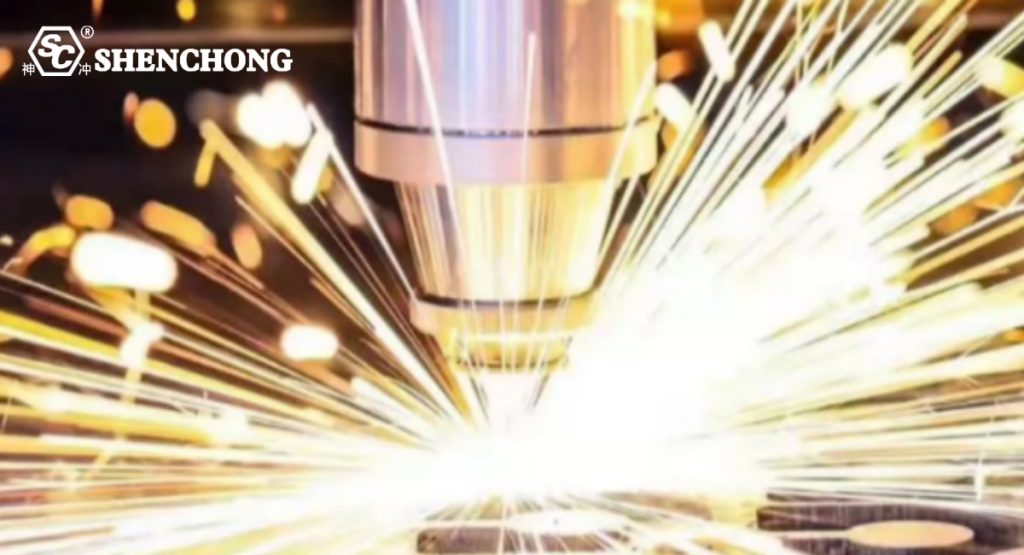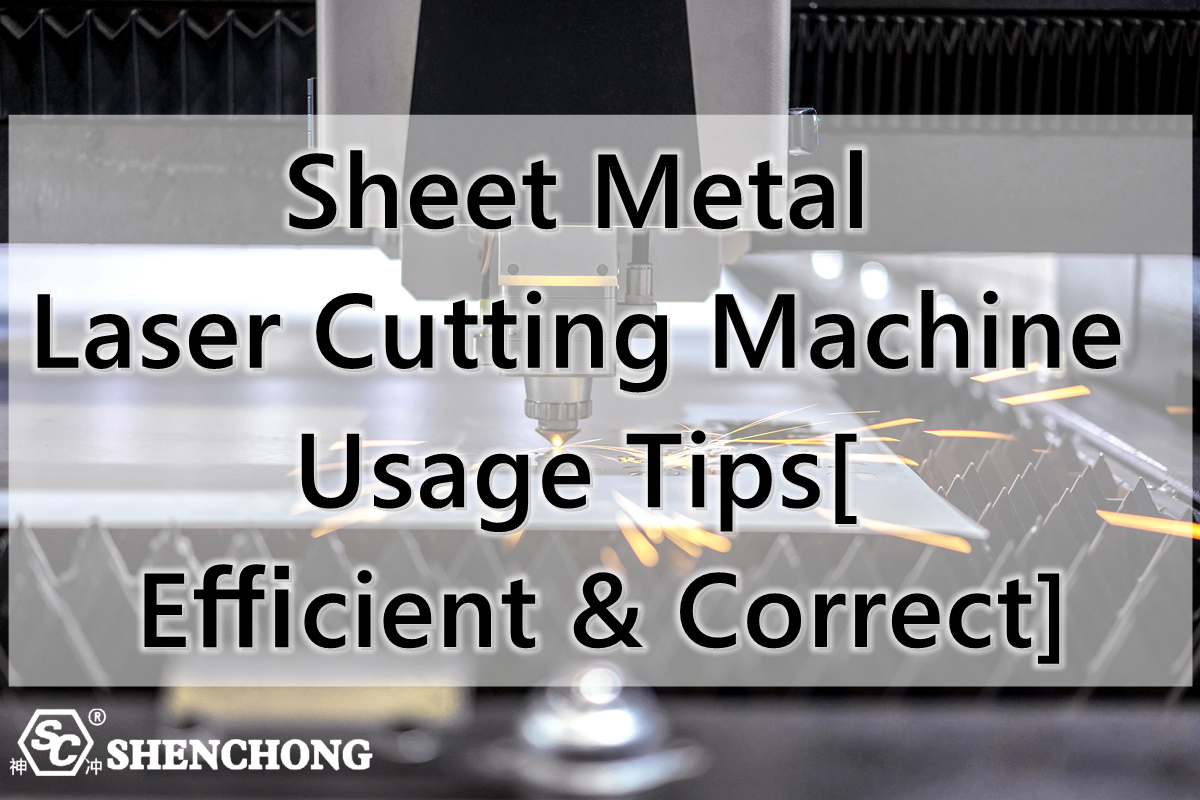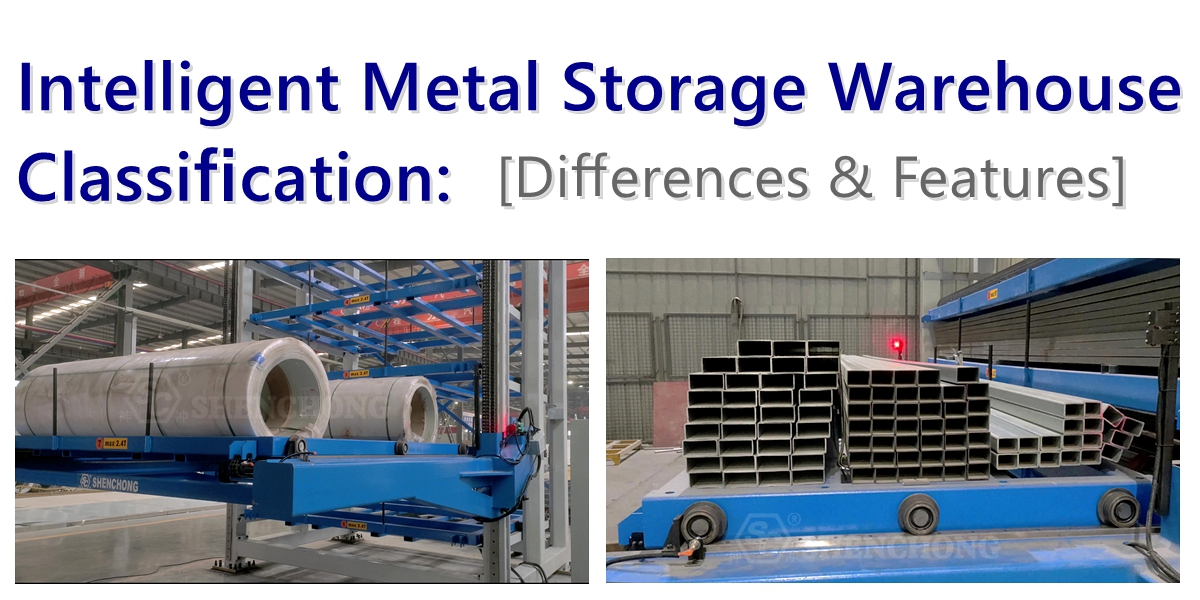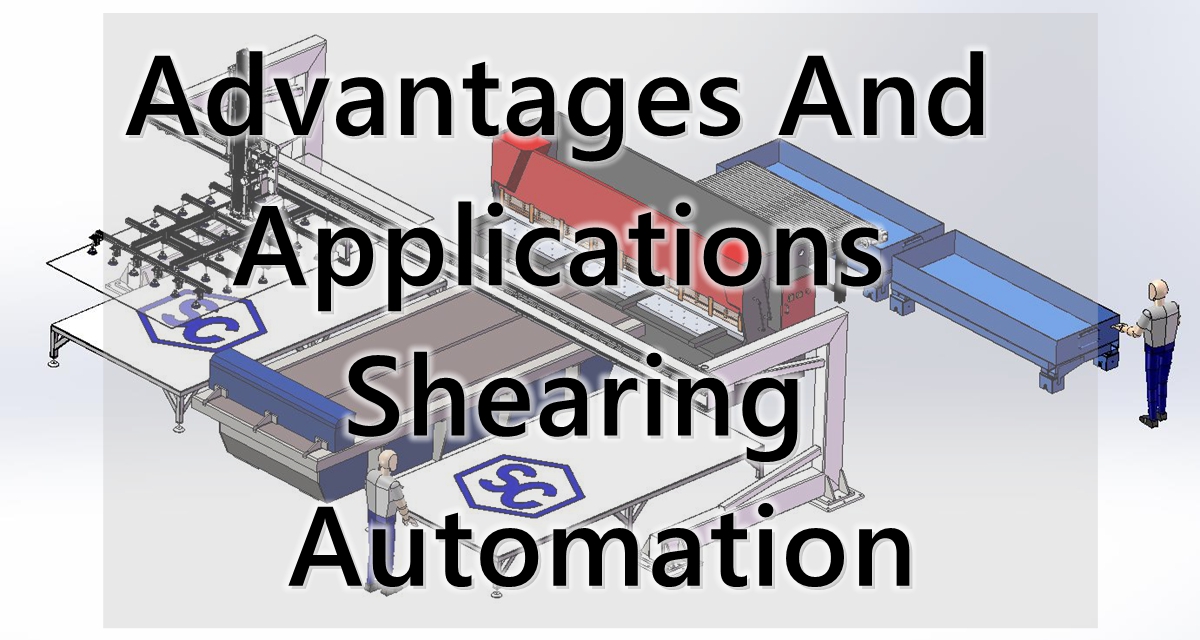Table of Contents
Laser Cutting Quality Introduction
Laser cutting is a precise and efficient process widely used across various industries, from automotive to aerospace, electronics, and manufacturing. The technique allows for the accurate cutting of materials such as metals, plastics, and ceramics using a highly focused laser beam. Despite its many advantages, the quality of laser-cut products can vary depending on several factors. This article explores the critical factors that influence laser cutting quality, covering material properties, machine settings, laser type, and external conditions.
Cutting Edge Quality Metrics
To evaluate laser cutting quality, several metrics are commonly used:
- Kerf Width: The width of the cut, which should be narrow and uniform.
- Dross: Excess molten material that adheres to the edge of the cut, which should be minimized.
- Roughness: The surface texture of the cut edge, where smoother edges are desirable.
- Heat-Affected Zone (HAZ): The area around the cut that experiences thermal stress, which should be as small as possible.
- Edge Squareness: The perpendicularity of the cut edge relative to the surface of the material.
Material Properties
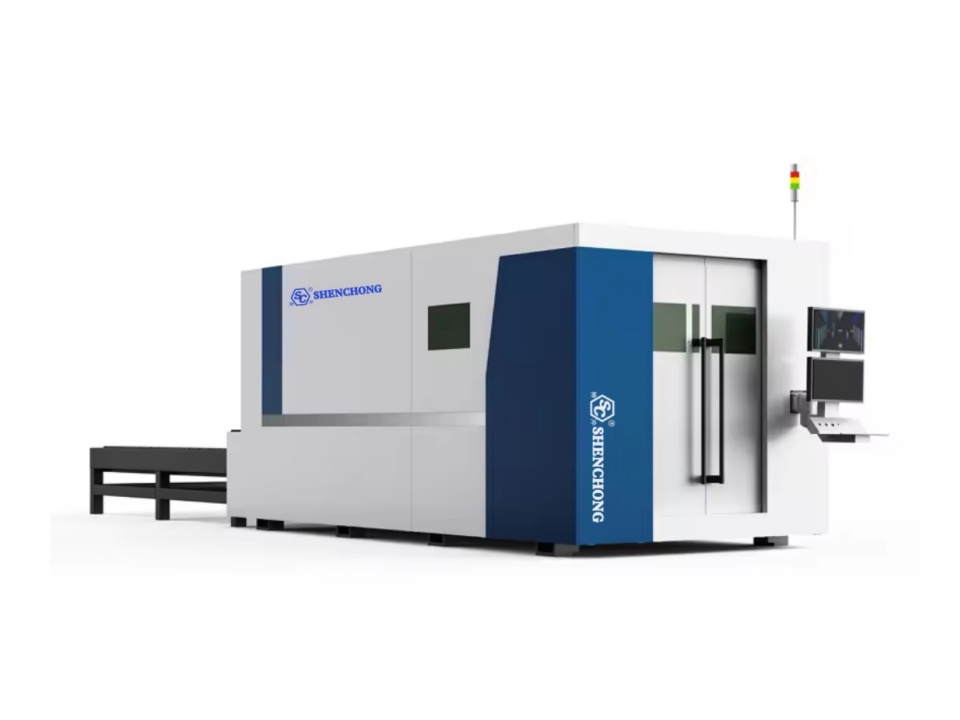
Material Type
The type of material being cut plays a significant role in determining laser cutting quality. Different materials react to laser beams differently due to their physical and chemical properties. Metals like steel, aluminum, and copper, as well as non-metals like plastics, ceramics, and composites, exhibit varying degrees of absorption and reflectivity.
Metals: Materials like mild steel are ideal for laser cutting because they absorb the laser energy efficiently and melt at a relatively lower temperature. On the other hand, highly reflective materials like copper and aluminum require specialized lasers, such as fiber lasers, to achieve clean cuts.
Non-metals: Materials like wood, acrylic, and plastics can also be laser cut, but their reactions to heat can lead to burning, charring, or melting, depending on the energy applied. The absorption characteristics and melting points of these materials dictate the laser settings required for optimal laser cutting quality.
Material Thickness
Material thickness is one of the most critical factors in laser cutting. Thicker materials require higher energy levels to penetrate, leading to slower cutting speeds. Conversely, thin materials cut quickly but may experience burning or melting if too much energy is applied.
- Thin materials (<1mm): Require low power and faster speeds to avoid excessive heat accumulation that can cause warping or thermal damage.
- Thick materials (>10mm): Demand high laser power and slower speeds to ensure complete penetration and clean edges, but they are prone to increased dross (solidified slag) and roughness at the cut edges if not optimized.
Material Surface Quality
The surface finish of the material affects how well it interacts with the laser beam. Clean, smooth surfaces tend to reflect the laser beam uniformly, resulting in a consistent cut. Materials with irregularities, such as rust, oxidation, or coatings, can scatter the laser beam, leading to uneven energy absorption and poor cutting quality.
- Clean surfaces: Improve beam absorption and lead to smoother, cleaner cuts.
- Contaminated surfaces: Oxides, oils, or coatings can affect the laser’s efficiency, resulting in irregular edges or increased dross formation.
Material Reflectivity
Reflective materials like aluminum, brass, and copper pose challenges in laser cutting. They reflect a significant portion of the laser energy away from the cutting surface, reducing efficiency and leading to poor-quality cuts. Special lasers, such as fiber lasers with shorter wavelengths, are more effective for cutting reflective materials.
- High reflectivity: Requires specialized equipment or coating treatments to improve laser absorption.
- Low reflectivity: Improves energy absorption, resulting in cleaner and faster cuts.
Laser Parameters
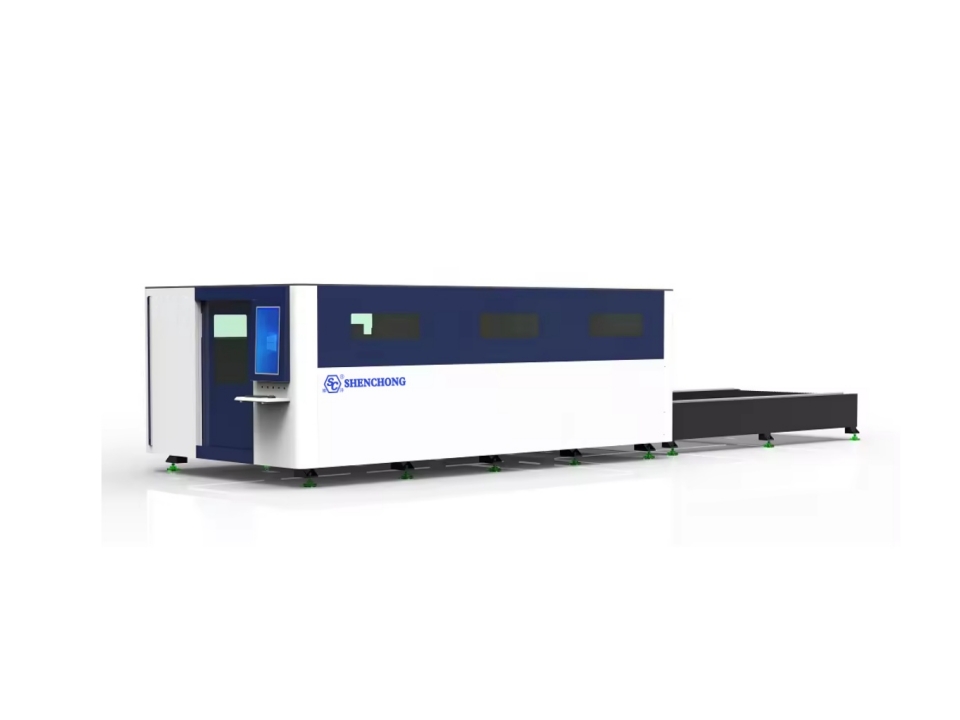
Laser Power
Laser power of the laser cutting machine directly affects the cutting process by determining how much energy is available to melt or vaporize the material. Higher power results in quicker and deeper cuts, but excessive power can cause excessive heat-affected zones (HAZ), leading to charring, melting, or deformation of the material.
- Low power settings: Best suited for thin or delicate materials where precision is critical, and excessive heat could cause damage.
- High power settings: Necessary for cutting thicker materials or materials that require high energy to cut efficiently, such as metals.
Focal Position
The focal point of the laser beam must be accurately aligned with the material surface to ensure precise cutting. If the focal point is too high or too low, it can result in a loss of energy efficiency and lead to burrs, rough edges, or incomplete cuts.
- Optimal focus: Produces a narrow kerf (cut width) and smooth edges.
- Misaligned focus: Causes irregularities, increased kerf width, and a rough surface finish.
Beam Quality (Mode)
Beam quality, characterized by the laser’s mode, is another key factor that affects cutting performance. The mode of the laser refers to the distribution of the laser energy within the beam.
- Single-mode lasers: Produce high-quality, concentrated beams that result in cleaner cuts and higher precision, especially on thin materials.
- Multi-mode lasers: Have a more scattered energy distribution, which can be advantageous for cutting thicker materials but may produce rougher edges.
Cutting Speed
Cutting speed is directly correlated with the laser power and material type. A slower speed gives the laser more time to penetrate the material but may also increase the risk of heat buildup, leading to a wider kerf and potential warping.
- Optimal speed: Balances between fast enough to avoid excessive heat accumulation but slow enough to ensure a clean cut.
- Too fast: May result in incomplete cuts, jagged edges, and increased dross.
- Too slow: Can lead to excessive heat input, causing melting, warping, or burning.
Assist Gas Parameters
Assist gas, such as oxygen, nitrogen, or compressed air, is typically used to blow away molten material and improve the cutting process.
Gas Type
The type of assist gas used can dramatically affect cutting quality:
- Oxygen (O₂): Increases the energy of the cutting process by acting as a catalyst in the oxidation of metals, which leads to faster cutting speeds and a rougher, oxidized edge.
- Nitrogen (N₂): Inert gas that prevents oxidation, leading to cleaner cuts with minimal discoloration, especially in stainless steel and aluminum. It also produces smoother edges compared to oxygen.
- Compressed air: A cost-effective alternative that can be used for cutting thinner materials but may result in lower cut quality compared to nitrogen or oxygen.
Gas Pressure
The pressure of the assist gas also influences the quality of the cut. Higher gas pressure can remove molten material more efficiently and prevent dross buildup, but too much pressure may cause turbulence, leading to rough edges or excessive material blowout.
- High pressure: Required for thick materials to blow away molten material and prevent dross.
- Low pressure: Better suited for thin materials where excessive force could distort the cut.
External Conditions
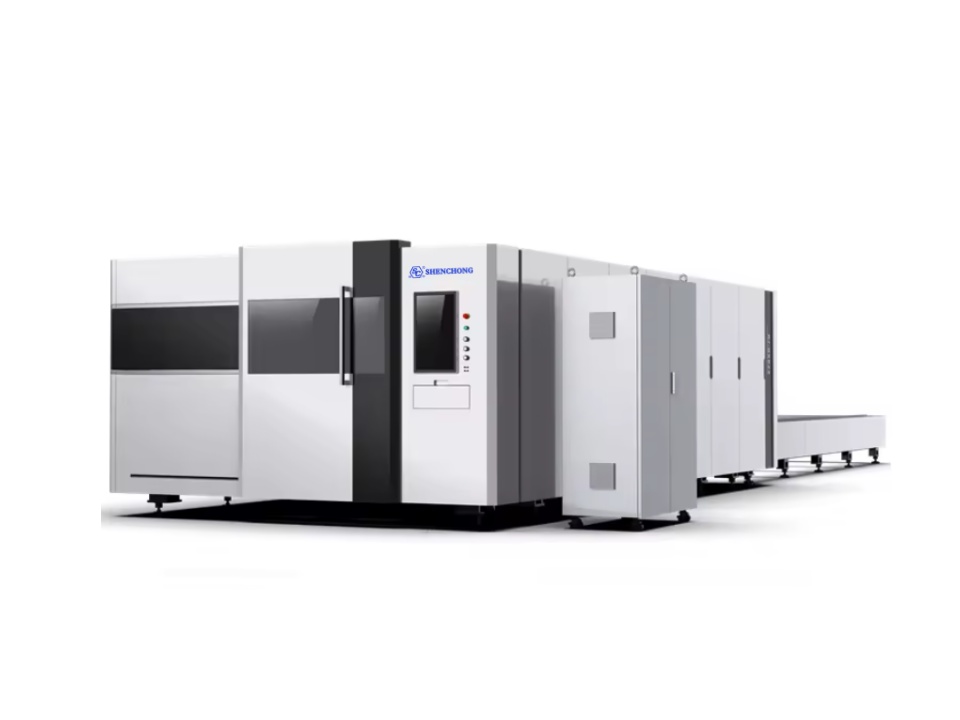
Machine Stability and Calibration
Proper fiber laser cutting machine calibration and stability are essential for maintaining consistent laser cutting quality. Factors such as laser alignment, mirror cleanliness, and the condition of the cutting head can all affect the outcome. Regular maintenance is critical to ensure the machine operates at peak efficiency.
- Well-calibrated machine: Leads to consistent, high-quality cuts with minimal need for post-processing.
- Poorly maintained machine: Results in beam misalignment, irregular cutting edges, and inconsistent performance.
Cutting Bed Design
The design of the cutting bed affects the heat dissipation during the cutting process. A well-designed cutting bed minimizes heat reflection back into the material, preventing heat buildup and potential warping.
- Ventilated cutting bed: Reduces back reflection and ensures better cut quality.
- Solid cutting bed: May increase heat reflection, leading to material warping or damage.
Software and Control Systems
CNC Programming
Computer Numerical Control (CNC) programming directly influences the cutting path, speed, and overall precision. Poorly optimized CNC programs can result in inefficient cuts, leading to poor-quality edges, excessive heat buildup, or material waste.
- Accurate CNC programming: Results in optimized cutting paths and high-quality cuts with minimal material waste.
- Inefficient programming: Can lead to inconsistent cutting quality, especially when dealing with complex shapes or thick materials.
Real-time Monitoring Systems
Advanced laser cutting machines come equipped with real-time monitoring systems that adjust parameters like laser power, focus, and gas pressure on the fly to maintain optimal cutting conditions.
- With monitoring systems: The machine can make automatic adjustments to ensure consistent cutting quality, even when environmental or material conditions change.
- Without monitoring systems: Manual intervention is required, which may not be as precise or responsive, leading to potential quality issues.
Ambient Temperature and Humidity
Ambient conditions like temperature and humidity can influence laser cutting performance. High temperatures can affect the laser’s cooling system, while high humidity may interfere with the assist gas or cause condensation on mirrors and lenses, affecting the laser beam quality.
- Controlled environment: Ensures consistent cutting results and prevents fluctuations in cut quality.
- Uncontrolled environment: Can lead to overheating or condensation, reducing the efficiency and precision of the laser cutting process.
Conclusion
Laser cutting is a complex process and the laser cutting quality influenced by a variety of factors, including material properties, laser parameters, assist gas usage, machine stability, and external conditions.
